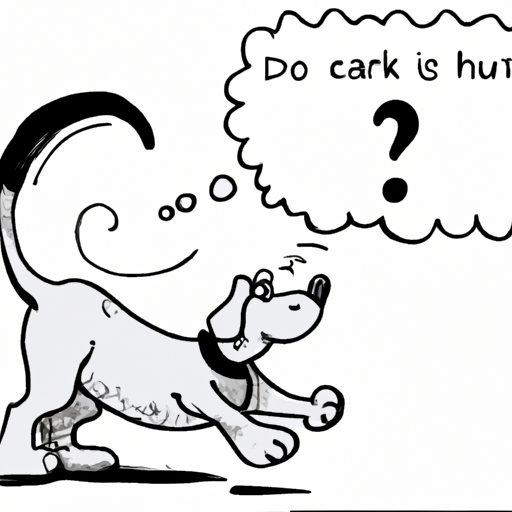Understanding the Canine Mind
Dogs are fascinating creatures, aren’t they? You’ve probably noticed how they chase their tails, spinning in circles until they either catch their tail or get tired. It might seem like a silly behavior, but there’s a lot more to it than meets the eye.
Let’s dive into the reasons behind this intriguing behavior. To understand why dogs chase their tails, we must first understand their instincts and psychology.
- Predatory Instincts: Dogs are natural predators. Their ancestors, wolves, had to hunt for their food. Tail-chasing could be an extension of this predatory instinct.
- Playfulness: Dogs, especially puppies, are energetic and playful. They often chase their tails simply because it’s fun and it helps them burn off some of their energy.
- Attention-Seeking: Dogs are social creatures. They might chase their tails to get your attention, especially if they’ve learned that it makes you laugh or gets them a reaction.
Physical Causes
While tail-chasing is often harmless, it’s important to be aware that it can also be a sign of physical health issues. If your dog is chasing its tail excessively, it might be worth a visit to the vet. Here are some potential physical causes:
- Fleas or Allergies: Dogs might chase their tails because they’re trying to relieve an itch caused by fleas or allergies.
- Anal Gland Issues: If your dog is experiencing discomfort in its anal glands, it might chase its tail as a way to cope with the discomfort.
- Neurological Issues: In rare cases, tail-chasing can be a sign of neurological issues, such as canine compulsive disorder.
| Potential Cause | Signs to Look For |
|---|---|
| Fleas or Allergies | Excessive scratching, redness, skin irritation |
| Anal Gland Issues | Scooting on the floor, difficulty sitting |
| Neurological Issues | Repetitive behavior, anxiousness |
Psychological Causes
There are also psychological reasons why your dog might be chasing its tail. For example:
- Boredom or Anxiety: Dogs need both physical and mental stimulation. If they’re bored or anxious, they might start chasing their tails as a way to entertain themselves or cope with their anxiety.
- Compulsive Behavior: Just like humans, dogs can develop compulsive behaviors. If your dog is chasing its tail obsessively, it could be a sign of a compulsive disorder.
How to Respond
It’s crucial to respond appropriately when your dog chases its tail. Here’s what you can do:
- Don’t Encourage the Behavior: If your dog is chasing its tail for attention, don’t give it the reaction it’s seeking.
- Provide Plenty of Exercise: Make sure your dog is getting enough physical exercise and mental stimulation to prevent boredom.
- Consult a Vet: If you’re concerned about your dog’s tail-chasing, don’t hesitate to consult a vet.
FAQs
Q: Is it normal for dogs to chase their tails?
A: Yes, it’s normal behavior, especially in puppies. But if it becomes excessive, it could be a sign of a problem.
Q: Does tail-chasing indicate a health issue?
A: It can. If your dog is chasing its tail excessively, it’s worth a visit to the vet.
Q: What should I do if my dog won’t stop chasing its tail?
A: Don’t encourage the behavior, provide plenty of exercise, and consider consulting a vet.
Q: Could tail-chasing be a sign of anxiety?
A: Yes, dogs might chase their tails if they’re anxious or bored.
Remember, as a caregiver, it’s your responsibility to ensure your dog is healthy and happy. Understanding their behavior is a crucial part of that.



